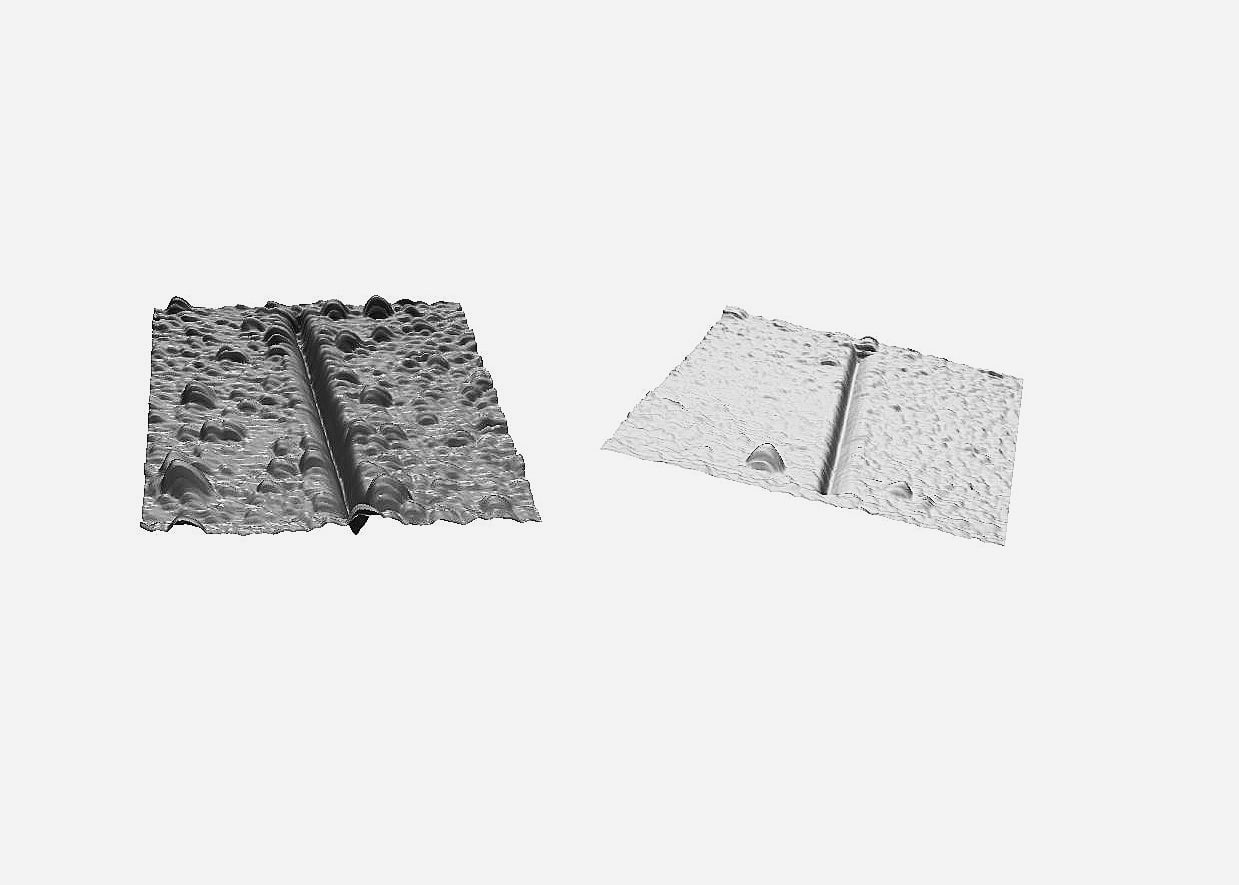
Author: Ali Kosari Mehr
Scratch testing
Being a complex tool for characterizing tribological features (e.g., friction coefficient) and cohesive/adhesive properties of films/coatings, scratch testing is a mechanical analysis in which one has an indenter pulled over the surface of a film/coating with a fixed speed. Usually, the normal loads are applied to indenters in two ways: in steps or continuously (often linear rise) until they reach the ultimate loads selected. The latter way is termed ramped scratch testing or progressive load scratch testing. In this regard, various failure modes happen (e.g., plastic deformation, cracking in the coating/substrate, coating detachment, and through-thickness cracking) owing to the stress field created under the indenter moving. The underlying reason for the failure modes is usually either failure of substrate-coating adhesion or cohesion failure of coating/substrate. Accordingly, scratch tests are performed with the end of finding critical loads (i.e., loads in which characteristic failures happen) in view, resulting in information regarding tribological resistance, adhesive/cohesive properties, and quality of films.
In nanoscratch testing, the dimensions of indenters and the amounts of the loads applied are naturally smaller than other methods of scratch testing (e.g., microscratch testing). Usually, three types of nanoscratch testing are performed: ramped load nanoscratch tests, constant load nanoscratches, and multipass repetitive unidirectional constant load nanoscratch tests (also called nanowear). In this connection, critical loads in nanoscratch testing can be affected by intrinsic factors (e.g., tip radius, scratching speed, and loading rate) and extrinsic factors (e.g., substrate hardness and thickness/friction coefficient/roughness of films). However, it has been observed that loading rate and scan speed can affect nanoscratch testing to a lower extent in comparison with macroscale scratch testing. For further information regarding nanoscratch testing, please see the references mentioned below.
References:
- Kosari Mehr A, Zamani Meymian MR, Kosari Mehr A (2018) Nanoindentation and nanoscratch studies of submicron nanostructured Ti/TiCrN bilayer films deposited by RF-DC co-sputtering method. Ceram Int 44:21825–21834. Webpage
- Tomastik J, Ctvrtlik R (2013) Nanoscratch test — A tool for evaluation of cohesive and adhesive properties of thin films and coatings. EPJ Web Conf 48:00027. Webpage
- Beake BD, Harris AJ, Liskiewicz TW (2013) Review of recent progress in nanoscratch testing. 7:87–96. Webpage
-
 20 Aug, 2022What is Auger electron spectroscopy?
20 Aug, 2022What is Auger electron spectroscopy? -
 13 Jul, 2022Classification of vacuum pumps
13 Jul, 2022Classification of vacuum pumps
